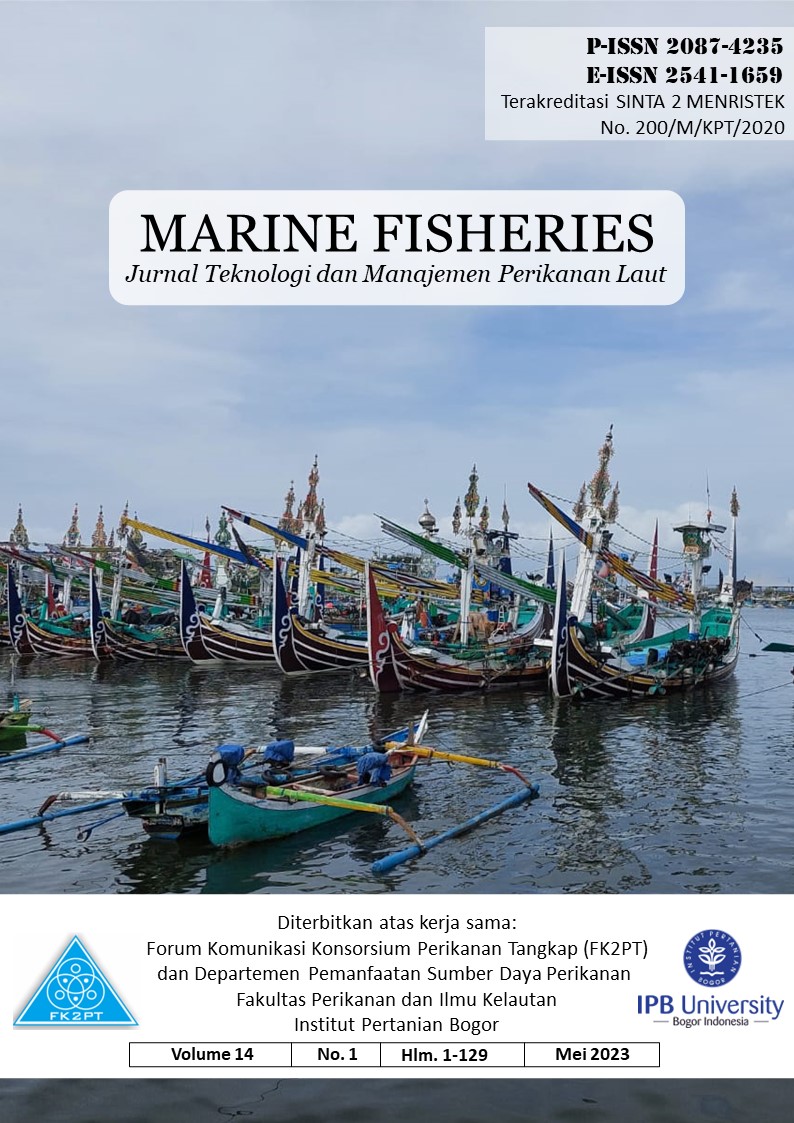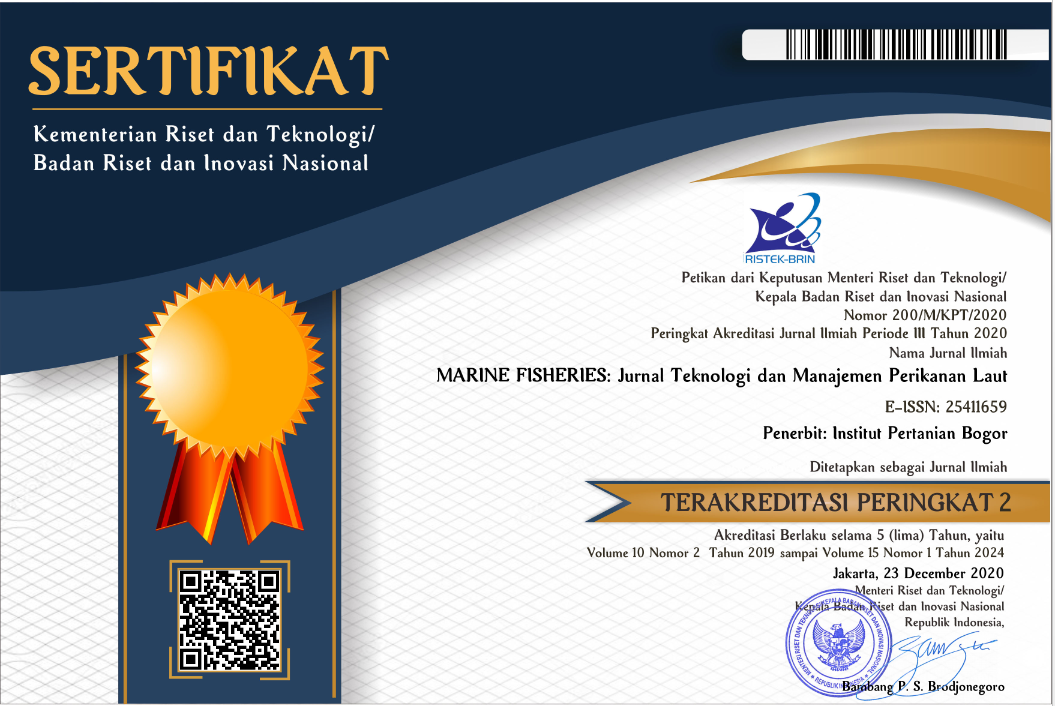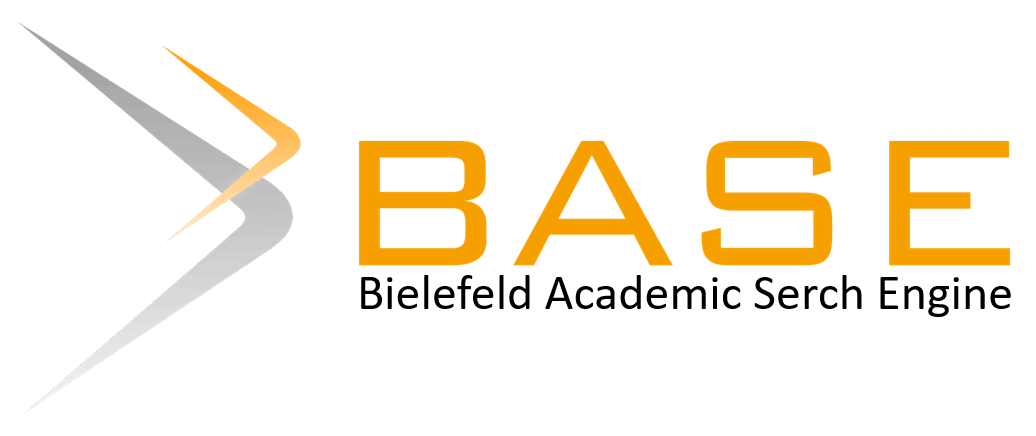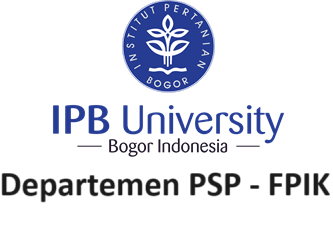ANALISIS TINGKAT KESESUAIAN DAN KESENJANGAN PENERAPAN TRACEABILITY PERIKANAN TUNA SIRIP KUNING DI SIBOLGA
Abstract
The need for fishery products that are healthy, safe, legal, sustainable, and democratic from time to time continues to increase. This makes the export destination country require a certificate issued by an institution. One of the standards used by such countries is the MSC ecolabel. MSC ecolabel is an endorsement of a product that meets the criteria of environmental sustainability procedures and hasbeen well managed. Ecolabel identifies fisheries governance properly based on established criteria, relating to the utilization of fishery resources and marine ecosystems. Therefore, it is necessary to conduct an assessment related to the application of MSC ecolabels in the Sibolga tuna processing industry. The purpose of this study is to analyze the level of gap (gap analysis) and the suitability of the application of the MSC ecolabel and examine various inhibiting factors. This research was conducted using survey methods and Focus Group Discussion (FGD) with industry and Sibolga Archipelago Fishing Port. The analysis used was qualitative descriptive analysis, gap analysis, and conformity level analysis. The results showed that the level of conformity in the MSC CoC of 5 (five) criteria, only 1 criterion was in accordance with the standard, while the other four had not, with the level of conformity being 63.75%, 83.25%, 66.75, and 57.25%. The results of the assessment of the inhibiting factors were obtained from fishermen, processing industries, and government support.
Keywords: MSC CoC, Sibolga, traceability, yellow fin tuna.
Downloads
Author(s) who published in this journal agree to following terms:
- Author(s) must understand and agree that the copyright script in published owned by the Marine Fisheries Journal. The copyright includes reproducing and selling the manuscript to all parties.
- Everyone can cite every manuscript published in Marine Fisheries for educational purposes, with the author's name and the Marine Fisheries Journal on reference.










